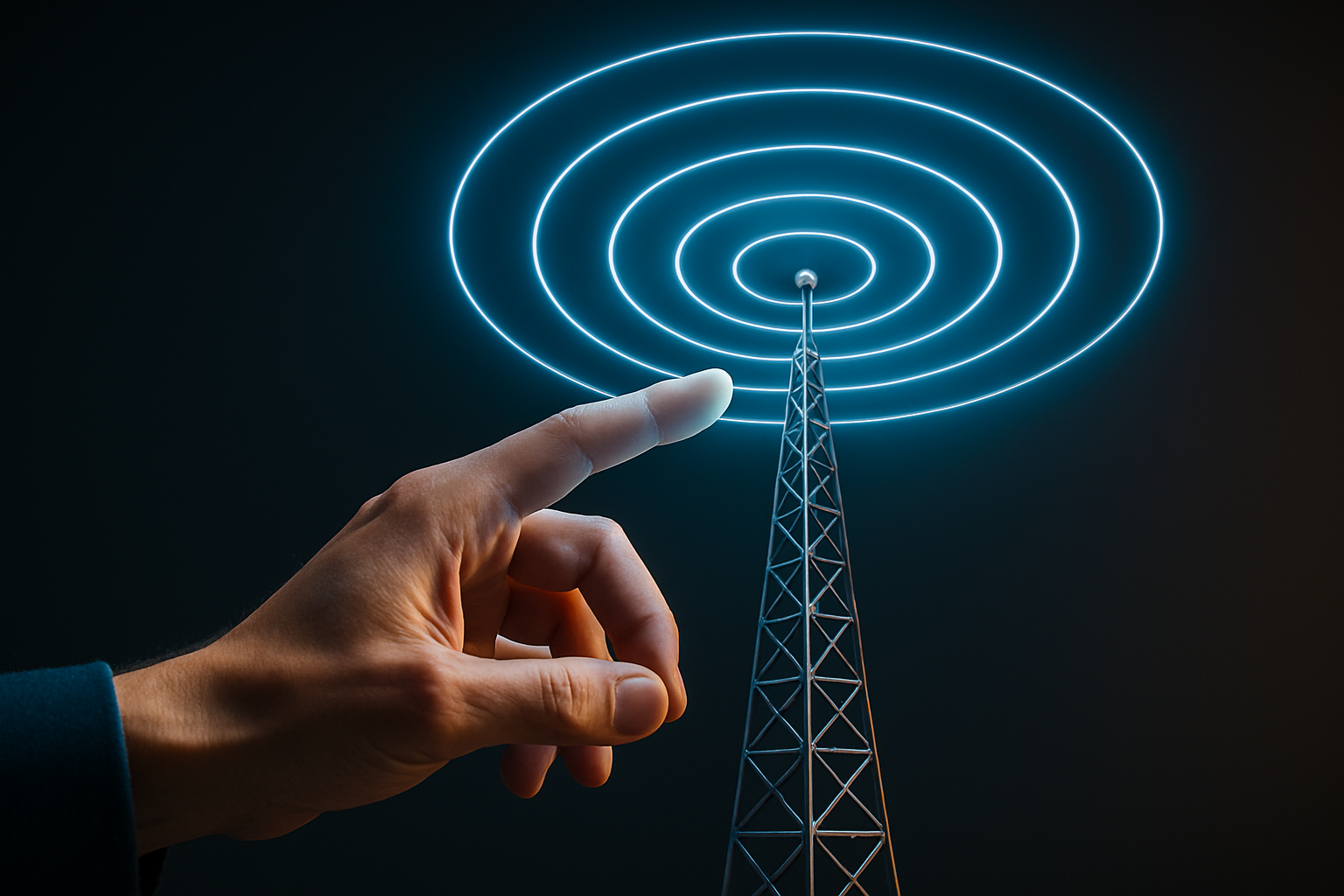Unmasking the Potential of E-Ink: The Future of Low Power Displays
The world of display technology is evolving at a rapid pace, with new advancements promising brighter, sharper, and more energy-efficient screens. Amidst this race for the next big thing, E-Ink—a technology that's been around for a while—is quietly making a comeback. Let's delve into the world of E-Ink, its history, current developments, and what it holds for the future.

The Genesis of E-Ink
E-Ink, short for Electronic Ink, was first developed in the late 1990s by the E Ink Corporation. The technology was designed to mimic the appearance of regular ink on paper. Unlike traditional displays that use backlighting, E-Ink reflects ambient light, making it easier on the eyes and more akin to reading a physical book. This made it a popular choice for e-readers, with Amazon’s Kindle being the most notable example.
E-Ink in the Modern Era
In recent years, E-Ink has been making a comeback, finding its way into various devices beyond e-readers. Smartwatches, smartphones, and even laptops have started to incorporate E-Ink displays. The Hisense A5C, for instance, is a smartphone that features a color E-Ink display, offering a unique blend of digital and analog experiences.
The Advantages of E-Ink
The resurgence of E-Ink can be attributed to its unique advantages. Firstly, E-Ink displays consume significantly less power than their LCD or OLED counterparts. This is because they only use power when changing the display, not maintaining it. This makes devices with E-Ink displays ideal for long-term use without frequent charging.
Secondly, E-Ink displays are highly readable in direct sunlight, unlike traditional displays that suffer from glare. This makes them perfect for outdoor use.
The Future of E-Ink
The future of E-Ink looks promising, with new advancements on the horizon. E Ink Corporation recently unveiled its Advanced Color ePaper (ACeP), which can display over 32,000 different colors, a significant improvement over previous color E-Ink displays.
Moreover, E-Ink is also finding its way into the world of digital signage and retail, where its low power consumption and high visibility can be leveraged to great effect.
The Market Impact and Price Range
Given its unique advantages, E-Ink is poised to carve out a significant niche in the display market. Devices with E-Ink displays are typically priced higher than their counterparts due to the cost of the technology. However, as the technology matures and economies of scale come into play, prices are expected to become more competitive.
In conclusion, E-Ink is a fascinating technology that offers a unique blend of advantages. Its low power consumption, high readability, and the ability to mimic traditional ink make it a compelling choice for a range of devices. As advancements continue, we can expect to see E-Ink making its mark in more areas of our digital lives.





